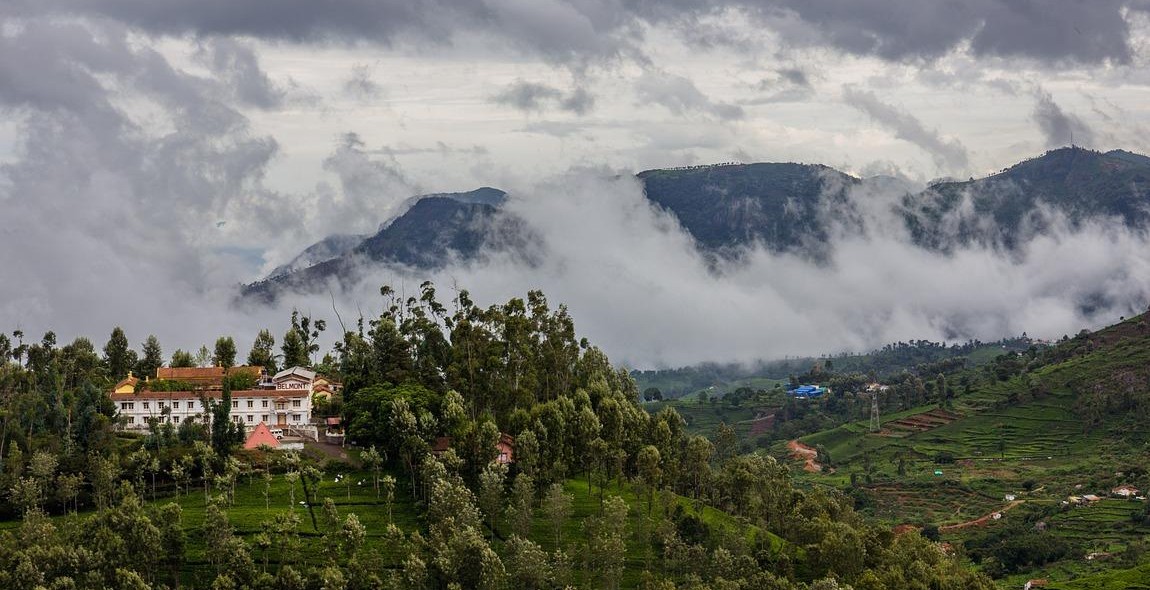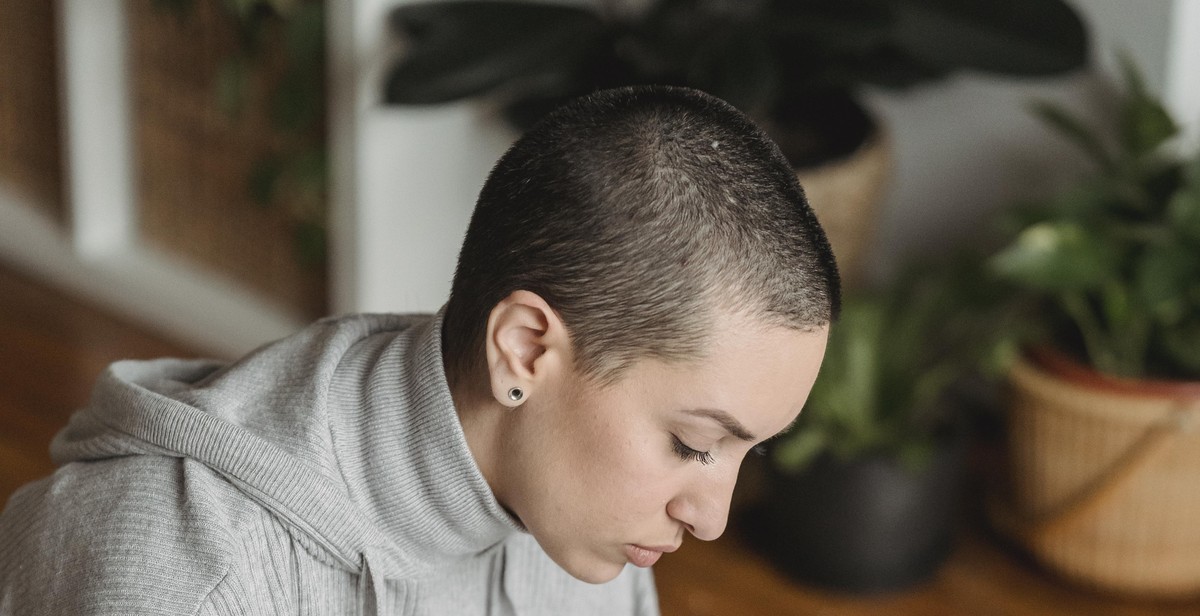How to Capture Stunning Nature Photography: Tips and Techniques for Beginners
If you are a beginner in the field of nature photography, you may be wondering how to capture stunning photos of the natural world. Whether you are interested in capturing landscapes, wildlife, or plants, there are a few tips and techniques that can help you to take your photography to the next level.
Understand Your Camera
The first step to capturing great nature photos is to understand your camera. Take the time to read through the manual and learn about the different settings and features. This will help you to make the most of your camera and capture the best possible photos.
Choose the Right Time of Day
The time of day can have a big impact on the quality of your photos. Early morning and late afternoon are generally the best times to capture stunning nature photography, as the light is softer and more golden. Avoid shooting in the middle of the day, when the light is harsh and unflattering.
Get Creative with Composition
Composition is an important aspect of nature photography. Experiment with different angles and perspectives to create unique and interesting compositions. Look for leading lines, patterns, and other elements that can add depth and interest to your photos.
Be Patient
Nature photography requires patience and persistence. Sometimes you may need to wait for the perfect moment to capture a great photo. Be prepared to spend time in the field, observing your subject and waiting for the right opportunity to take your shot.
By following these tips and techniques, you can capture stunning nature photography that will impress your friends and family, and perhaps even win awards or recognition in the photography community.
Understanding the Basics of Nature Photography
Nature photography is one of the most popular genres of photography. It allows you to capture the beauty of the natural world and share it with others. However, capturing stunning nature photography requires more than just pointing and shooting. It requires a good understanding of the basics of photography, such as choosing the right camera, understanding exposure, and mastering composition.
Choosing the Right Camera
The first step to capturing stunning nature photography is choosing the right camera. While smartphones can take decent photos, they lack the capabilities of a dedicated camera. When choosing a camera, consider factors such as image quality, lens options, and size. A DSLR or mirrorless camera is recommended for serious nature photographers as they offer more control over settings and interchangeable lenses.
Understanding Exposure
Exposure is the amount of light that enters the camera and affects the brightness of the image. Understanding exposure is crucial in nature photography as it can make or break a shot. Exposure is determined by three settings: aperture, shutter speed, and ISO. Aperture controls the amount of light that enters the camera through the lens, shutter speed determines how long the camera’s shutter is open, and ISO controls the camera’s sensitivity to light. A proper balance of these settings is essential to getting a well-exposed image.
Mastering Composition
Composition refers to how elements are arranged within the frame of the photograph. Mastering composition is crucial in nature photography as it can make a photo more visually appealing. Some basic composition techniques include the rule of thirds, leading lines, and framing. The rule of thirds involves dividing the frame into thirds and placing the subject at the intersection of the lines. Leading lines draw the viewer’s eye through the image, while framing uses elements in the foreground to frame the subject.
By understanding the basics of nature photography, you can capture stunning images of the natural world. Choosing the right camera, understanding exposure, and mastering composition are all essential elements to creating beautiful nature photography.
Preparing for a Nature Photography Shoot
Before heading out for a nature photography shoot, it’s important to do some preparation to ensure that you have the best possible experience and capture stunning shots. Here are some tips on how to prepare for your next nature photography shoot:
Researching the Location
The first step in preparing for a nature photography shoot is to research the location you plan to visit. Look for information about the area’s natural features, wildlife, and weather conditions. This will help you determine what gear you need to bring and what time of day would be best for capturing the shots you want. You can also use online resources, such as Google Maps and satellite images, to get a better idea of the terrain and layout of the area you plan to visit.
Choosing the Right Time of Day
The time of day can have a big impact on the quality of your nature photography shots. Early morning and late afternoon are generally the best times to shoot, as the light is softer and more flattering. During midday, the light can be harsh and create unflattering shadows. Research the location’s sunrise and sunset times and plan your shoot accordingly. Keep in mind that weather conditions can also affect the quality of light, so be prepared to adjust your plans if needed.
Packing the Right Gear
When packing for a nature photography shoot, it’s important to bring the right gear to ensure that you can capture the shots you want. Some essential gear includes a sturdy tripod, a variety of lenses, extra batteries and memory cards, and a camera bag to protect your equipment. Depending on the location and weather conditions, you may also need to bring waterproof gear, insect repellent, and sunscreen. Make sure to pack light and only bring what you need, as you will be carrying your gear around for the duration of the shoot.
By taking the time to research the location, choosing the right time of day, and packing the right gear, you can set yourself up for a successful and enjoyable nature photography shoot. With these tips in mind, you’ll be well on your way to capturing stunning shots of the natural world.

Capturing Stunning Nature Photography
Capturing stunning nature photography requires a combination of technical skill and an eye for composition. Whether you are interested in landscape, wildlife, or macro photography, there are specific tips and techniques that can help you capture breathtaking images that showcase the beauty of the natural world.
Landscape Photography Tips
Landscape photography is all about capturing the beauty of the natural world. To capture stunning landscape photos, consider the following tips:
- Use a tripod to keep your camera steady and avoid blurry images.
- Shoot during the golden hour, which is the hour after sunrise or the hour before sunset when the light is soft and warm.
- Use a wide-angle lens to capture the vastness of the landscape.
- Look for interesting foreground elements, such as rocks or flowers, to add depth to your photos.
- Experiment with different compositions, such as the rule of thirds or leading lines, to create visually appealing images.
Wildlife Photography Techniques
Wildlife photography is all about capturing animals in their natural habitat. To capture stunning wildlife photos, consider the following techniques:
- Use a telephoto lens to get close to the animals without disturbing them.
- Shoot in burst mode to capture multiple images in quick succession and increase your chances of getting the perfect shot.
- Use a fast shutter speed to freeze the motion of the animals.
- Look for interesting behaviors, such as hunting or grooming, to capture in your photos.
- Be patient and wait for the right moment to capture the perfect shot.
Macro Photography Tricks
Macro photography is all about capturing the small details of the natural world. To capture stunning macro photos, consider the following tricks:
- Use a dedicated macro lens to get up close and personal with your subject.
- Use a tripod to keep your camera steady and avoid blurry images.
- Shoot in manual mode to have full control over your camera settings.
- Look for interesting textures and patterns, such as the veins on a leaf or the scales on a butterfly’s wing.
- Experiment with different lighting setups, such as natural light or a ring light, to create unique and interesting images.
 |
 |
 |
| Landscape Photography | Wildlife Photography | Macro Photography |

Post-Processing Your Nature Photography
After capturing your stunning nature photos, the next step is to post-process them to enhance their visual appeal. Post-processing helps to bring out the best in your photos and make them more attractive to viewers. Here are some essential tips for post-processing your nature photography:
Organizing and Selecting Your Photos
Before you start editing your photos, it’s essential to organize and select the best ones. This process involves reviewing your photos, selecting the best ones, and deleting the rest. You can use software like Adobe Lightroom, Capture One, or any other photo editing software to organize your photos.
Editing Your Photos
Editing is the most crucial part of post-processing your nature photography. It involves adjusting the color, contrast, saturation, sharpness, and other essential elements of your photos. You can use various editing tools like exposure, curves, levels, and color balance to enhance your photos. However, it’s essential to avoid over-editing your photos, as it can make them look unrealistic.
Sharing Your Photos
After editing your photos, the next step is to share them with the world. You can share your photos on social media platforms like Instagram, Facebook, or Flickr. You can also create a portfolio website to showcase your work or submit your photos to photography competitions or galleries.
| Tip | Description |
|---|---|
| Shoot in RAW | RAW files contain more data, allowing you to edit your photos more effectively. |
| Use Presets | Presets can save you time when editing your photos. You can create your own or use pre-made ones. |
| Don’t Overdo It | Over-editing your photos can make them look unrealistic. Use editing tools sparingly. |
| Experiment | Don’t be afraid to experiment with different editing techniques to find what works best for your style. |
